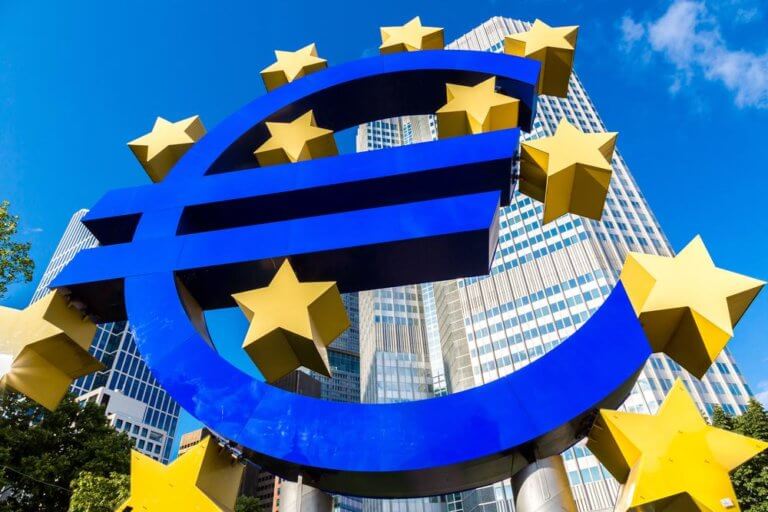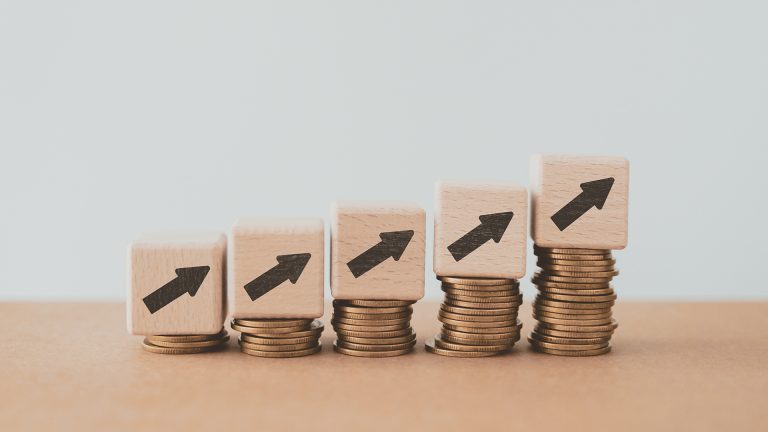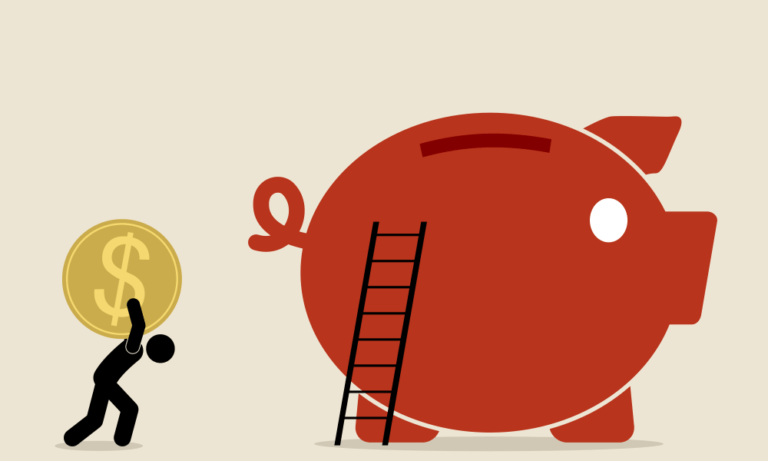
Aaron Gibbs, Personal Finance Commentator at Charles Stanley
The recent tariff-induced market sell off saw some of the biggest daily stock market falls since the Covid-19 market crash in 2020. The well-known S&P 500 index in the US fell around 20% from its peak in mid-February. It could continue to trend downwards amid geopolitical tensions after President Trump’s “liberation day” speech sparked fears of a trade war, but in such a fast-changing environment the market can move up and down rapidly.
While seeing sharp declines to the value of your investment portfolio and pension pots can be worrying, the key thing for investors is not to panic and think long term.
Stock market history is littered with ‘bear markets’, generally considered to be falls of more than 20% from a previous peak, as well as lots of smaller downturns. If a decline is more than 10% but less than 20% it is usually considered to be a ‘correction’. Anything less than that is just seen as ‘noise’, choppy market action without a defined trend.
Past corrections and even bear markets tend to fade in importance over time. They appear as blips in the long-term charts as time marches on. Yet they can be incredibly painful during the moment. As fear stalks investors it can be easy to give up or sell out at just the wrong moment.
That’s because bear markets sow the seeds of bull markets – periods of positive returns – and once sentiment improves investors can reap the rewards of investing in a downturn. But if you don’t have money to ‘buy the dip’ how long do you have to wait until things get better and you recoup losses?
The Covid-19 pandemic market crash and rebound was unusual because the duration of the recovery was so short – only 141 days for investors to get back to where they started. This was because of the extraordinary and rapid response from authorities in terms of supporting businesses and consumers, as well as the flood of new money into the system through ‘quantitative easing’.
In contrast, the collapse of the Dotcom Bubble and the Global Financial Crisis (GFC) were episodes that knocked markets for a much longer period and recovery was drawn out. In the early 2000s, interest rates rose uncomfortably at a time when asset prices were elevated.
The most significant economic crisis of the past thirty years was the GFC of 2007-09. It was a period that saw the collapse of US investment bank Lehman Brothers, as well as the demise of Northern Rock in the UK, after a housing downturn in the US housing market triggered huge losses on financial products that were composed of mortgage debt.
Be greedy when others are fearful
The lesson from these bear market episodes is that the best time to invest is at the point of maximum pessimism and pain when many investors have abandoned hope or have simply run out of dry powder to commit to markets. One of the investing greats, Warren Buffett, once said that it’s wise for investors “to be fearful when others are greedy and to be greedy only when others are fearful.”
Either way, corrections and bear markets, the down periods, usually happen much faster than the up periods. Stocks go up more than they go down over the long term, but when they go down it happens quicker – and it’s almost always more newsworthy. You almost never see headlines in the mainstream media about share markets soaring higher.
Time in the market, not timing the market
Unfortunately, there is not a way to bullet-proof your portfolio from the action that markets tend to serve up. However, a strategy of investing at regular intervals – and ignoring trying to time the market – can remove any emotional reaction from the equation during a bear market, ensuring you are putting money to work at various price levels.
It’s also important to make sure your investments are diversified across different asset types, geographies and sectors. This way, you are not reliant on one or a few areas or individual companies to perform well and it can help to provide some protection from losses during a market downturn.






















